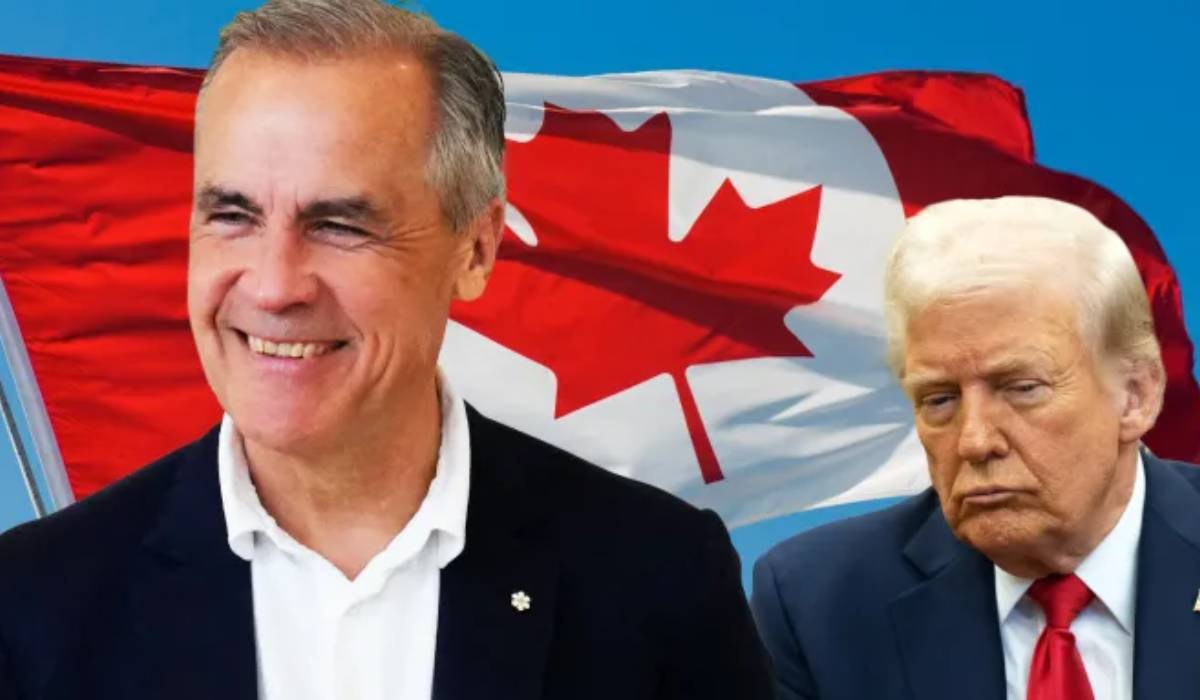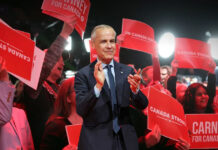Canada just witnessed a political resurrection. In the recent Canadian elections, the Liberal Party of Canada has pulled off a stunning victory under the leadership of former Bank of Canada Governor Mark Carney. Once dismissed by critics as the party of the past, the Liberals surged to a majority in the House of Commons, reshaping the country’s political landscape and marking a dramatic return to relevance.
Let’s be clear: This wasn’t just a Liberal win; it was a repudiation of Donald Trump’s cross-border bullying.
The ‘Dead’ Liberals: Written Off Too Soon
For years, pundits and voters alike had largely written off the Liberals as a spent force. Weakened by declining public trust, scandals during Justin Trudeau’s final years in office, and a rapidly shifting electorate, the party struggled to define itself in the face of a growing Conservative wave and the persistent presence of the New Democratic Party (NDP). By the time Trudeau stepped down, many assumed the red brand was destined for a long stay in opposition.
Enter Mark Carney.
The former central banker, once dubbed “the most powerful Canadian you’ve never heard of,” had been courted by the Liberals for years. With his technocratic resume, international experience and calm demeanour, Carney was seen by insiders as the ideal antidote to political fatigue. Carney responded with a campaign unlike any in recent memory.
Read More: Saudi Arabia and Qatar to Pay this Muslim Country’s Debt!
Trump Helped Elect Mark Carney
Ironically, Canada’s political earthquake had an American epicentre: Donald Trump. His erratic threats toward Canada during the campaign were so outrageous that they united Canadians across ideological lines. Inadvertently, Trump gave Carney his clearest message: Canada needs calm, not chaos.
Voters looked south and recoiled. Carney, with his steely calm and international gravitas, felt like a safe harbour in a geopolitical storm. He wasn’t exciting, and that’s exactly why Canadians voted for him.

A Campaign that Ignored the Noise
Carney’s strategy was simple: he refused to play the viral game. Just policy, clarity and a laser focus on economics. He hammered home the housing crisis with detailed proposals. He connected climate action with economic stability. He leaned into his technocratic record, showing voters he knows how financial systems work and that he might just know how to fix what’s broken.
While Poilievre courted culture wars and sound bites, Carney stuck to the script. Voters noticed.
No Majority? No Problem
Let’s not pretend this was a flawless win. The Liberals didn’t get a majority. With 167 seats, they’re still five short of total control. But make no mistake: this was a massive comeback. It’s more than just a numbers game; it’s a credibility win. Carney proved the Liberals can still be relevant, serious and electable.
The irony? He doesn’t even hold a seat yet. That’ll be rectified soon, but it’s a surreal moment: Canada’s new prime minister is a man who just introduced himself to most voters months ago.
The Real Test Begins Now
Carney is no messiah. His background in finance, including ties to Goldman Sachs, will raise eyebrows, especially among those still licking their wounds from Trudeau’s corporate coziness. And while he may have distanced himself from the Trudeau era rhetorically, the question remains: how different will his governance be?
He now faces an electorate that’s hopeful but skeptical. Canadians want more than stability; they want housing they can afford, groceries they can buy, and climate leadership that doesn’t sound like corporate greenwashing.
Stay tuned to Brandsynario for latest news and updates.











































